Upgrading your road bike's wheelset can significantly enhance your cycling performance, providing not only improved speed and efficiency but also better handling and ride quality. A well-chosen wheelset upgrade can be one of the most impactful modifications you make to your bike, transforming your riding experience.
Benefits of Upgrading Your Wheelset:
1. Increased Speed and Efficiency: Lighter wheels reduce rotational weight, making it easier to accelerate and maintain speed. Aerodynamic wheelsets minimize air resistance, allowing for smoother, faster rides.
2. Enhanced Ride Quality: High-quality wheelsets offer better responsiveness and smoother handling. They can absorb road vibrations more effectively, leading to a more comfortable ride over long distances.
3. Improved Durability: Upgrading to a robust wheelset ensures greater reliability and longevity, especially crucial for riders tackling various terrains and conditions.
Key Factors to Consider When Choosing a New Wheelset:
1. Material: Wheelsets are commonly made from carbon or alloy. Carbon wheels are lighter and more aerodynamic, ideal for competitive cyclists. Alloy wheels, such as those from TRIFOXBIKE, offer a great balance of performance and affordability, making them a favorite among many cyclists.
2. Rim Depth: Deeper rims provide aerodynamic benefits, making them suitable for flat terrains and time trials. However, they may be susceptible to crosswinds. Shallower rims are more versatile and handle better in varied conditions.
3. Spoke Count and Pattern: More spokes generally mean a stronger wheel, which is beneficial for heavier riders or rough terrain. The pattern and tension affect wheel strength and aerodynamics.
4. Compatibility: Ensure the new wheelset is compatible with your existing bike components, such as the cassette and brakes (rim or disc).
Tips for Installation and Maintenance:
1. Professional Installation: Have your new wheelset installed by a professional or follow detailed instructions to ensure proper alignment and tension, which are critical for performance and safety.
2. Regular Maintenance: Keep your wheels clean and free of debris. Regularly inspect for any signs of wear or damage, and ensure spokes are properly tensioned.
3. Tire Pressure: Maintain optimal tire pressure for your new wheels to enhance performance and prevent flats.
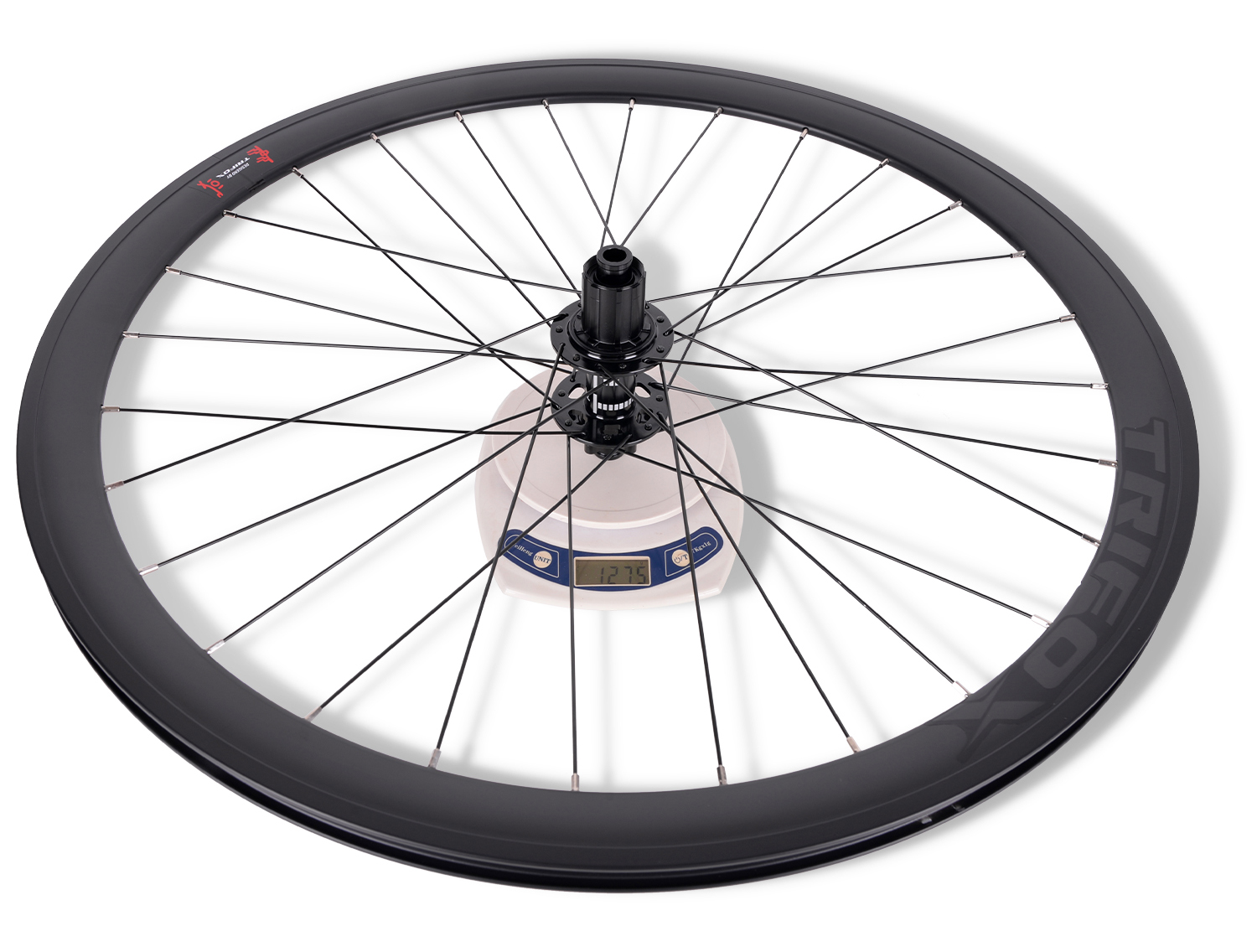
TRIFOXBIKE's alloy road wheels are an excellent example of a high-quality upgrade. Designed for reliability and performance, these wheels can elevate your cycling experience significantly. To explore TRIFOXBIKE's alloy road wheels and find the perfect fit for your cycling needs, visit their product page: TRIFOXBIKE Alloy Road Wheels.
By carefully selecting and maintaining your upgraded wheelset, you can enjoy a substantial boost in your road biking performance, making every ride faster, smoother, and more enjoyable.
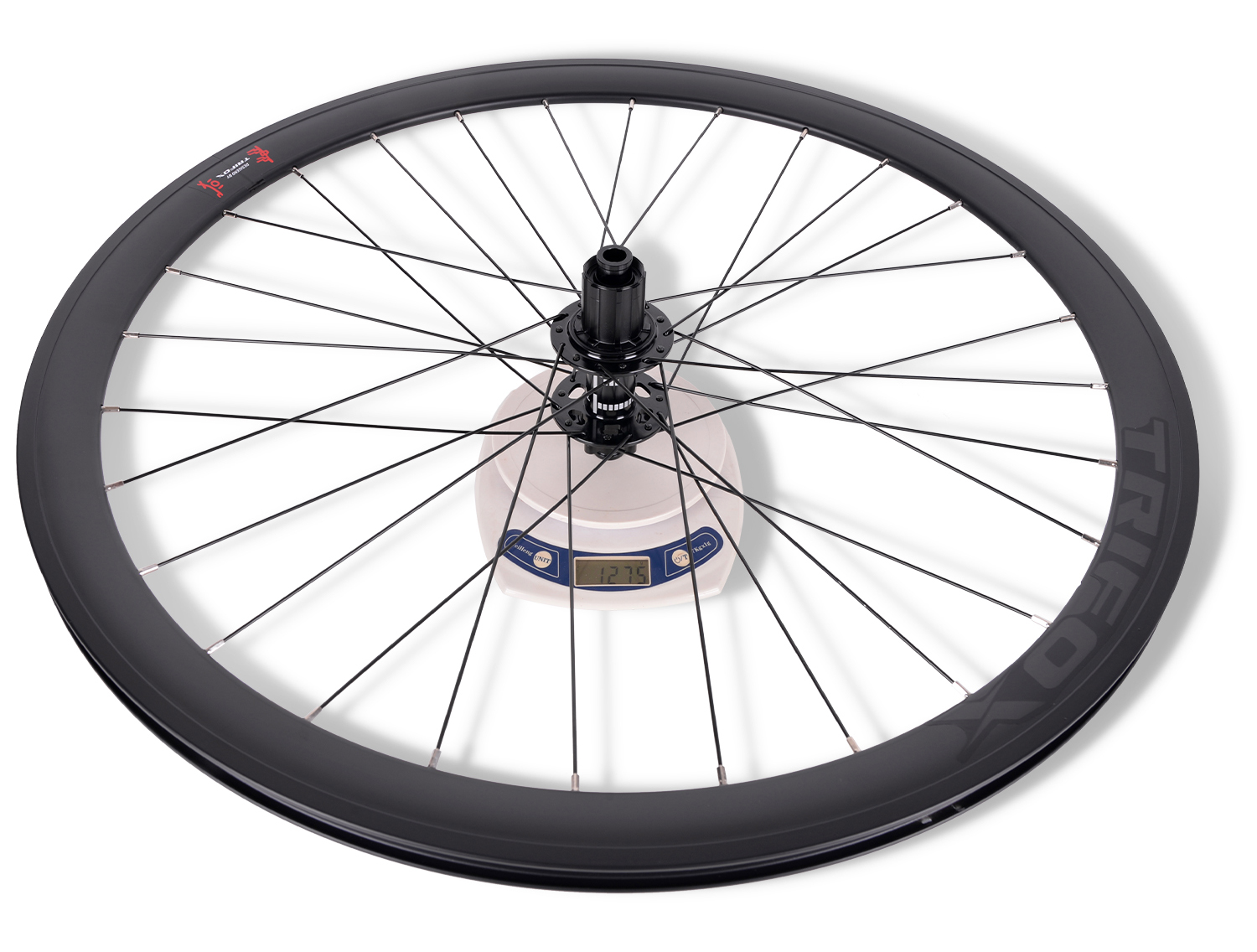

Maintaining MTB bike pedals is crucial for ensuring optimal trail performance and enhancing your overall mountain biking experience. As one of the most critical contact points between you and your bike, well-maintained pedals can significantly affect your ride's efficiency and safety.
1. Importance of Pedal Maintenance:
Pedals endure a lot of stress during rides, from absorbing shocks over rough terrains to resisting dirt and moisture. Neglecting pedal maintenance can lead to inefficient power transfer, increased wear on components, and potentially hazardous riding conditions. Regular maintenance not only extends the lifespan of your pedals but also ensures smooth, reliable performance on the trails.
2. Steps for Cleaning and Lubricating Pedals:
Cleaning: Begin by removing the pedals from the bike using a wrench. Gently clean the pedals with warm, soapy water and a brush to remove dirt and grime. Pay special attention to the pedal's body, axle, and cleat contact points. After cleaning, rinse thoroughly and dry with a soft cloth.
Lubrication: Once clean, apply a suitable bicycle lubricant to the pedal's moving parts, particularly the bearings and any exposed metal surfaces. This helps reduce friction and protects against rust. Avoid over-lubricating, as excess oil can attract more dirt.
3. Checking Pedal Components for Wear and Tear:
Axle Inspection: Check the pedal axles for any signs of bending or damage. A bent axle can lead to uneven pedaling and should be replaced immediately.
Bearings: Spin the pedals to ensure the bearings are functioning smoothly. Listen for any grinding noises, which might indicate worn-out bearings needing replacement.
Cleat and Platform Wear: Inspect cleats for wear, especially if you use clipless pedals. Ensure they engage and release smoothly. For platform pedals, check for worn-out grip surfaces that might affect traction.

TRIFOXBIKE offers an impressive range of mountain bikes designed for durability and performance, making them an excellent choice for trail enthusiasts. Their bikes are engineered with high-quality components, ensuring that every ride is as smooth and efficient as possible. To explore TRIFOXBIKE's mountain bikes and elevate your trail experience, visit their product page: TRIFOXBIKE Mountain Bikes.
Regular pedal maintenance is a simple yet effective way to enhance your mountain biking adventures, ensuring your pedals are always ready to tackle the toughest trails with confidence.
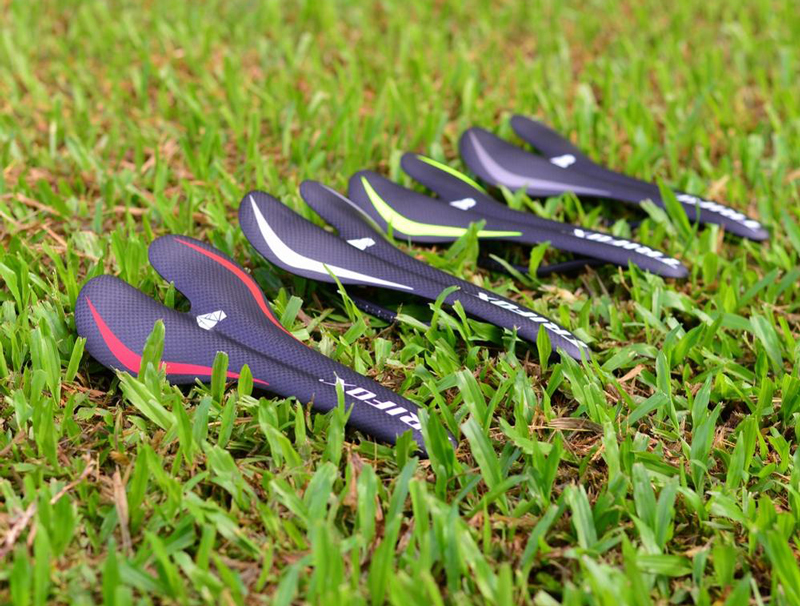
Selecting and adjusting your bicycle seat saddle is crucial for a comfortable and efficient ride, regardless of whether you're a casual cyclist or a competitive racer.
A properly chosen and adjusted saddle can make a significant difference in your cycling experience by enhancing comfort and performance, preventing discomfort, and even minimizing the risk of injury.
1. Importance of Saddle Selection:
Choosing the right saddle is about balancing comfort with performance. A saddle that matches your riding style and body anatomy can improve your pedaling efficiency and help you maintain a proper riding posture. The right saddle also alleviates pressure points, reducing the likelihood of numbness and discomfort during long rides.
2. Factors to Consider When Selecting a Saddle:
Saddle Shape and Width: Consider the shape and width that best suits your anatomy. Wider saddles offer more support for casual riders, while narrower, elongated saddles tend to favor performance-oriented cyclists.
Padding and Material: The level of padding and the material of the saddle affect comfort. Gel padding offers plush comfort, while foam provides a firm yet supportive ride. Carbon saddles, like those from TRIFOXBIKE, offer a lightweight option that balances support with performance benefits.
Cut-out or Groove Design: Saddles with a cut-out or central groove help alleviate pressure on sensitive areas, enhancing comfort for long-distance riders.
Riding Style: Your riding style—whether road cycling, mountain biking, or commuting—affects saddle choice. Road cyclists often prefer lightweight, minimalistic designs, while mountain bikers might opt for more robust, cushioned options.
3. Tips for Adjusting Your Saddle:
Height Adjustment: Ensure the saddle height allows for a slight bend in the knee at the bottom of the pedal stroke. This promotes efficient power transfer and reduces strain on the knees.
Fore and Aft Position: Adjust the saddle's horizontal position so that when the pedal is at 3 o'clock, your knee is directly over the pedal spindle. This balance aids in efficient pedaling and reduces muscle fatigue.
Tilt Angle: A level saddle is generally best for most riders. However, slight adjustments can enhance comfort. A slight upward tilt may relieve pressure on the hands, while a downward tilt can ease lower back tension.
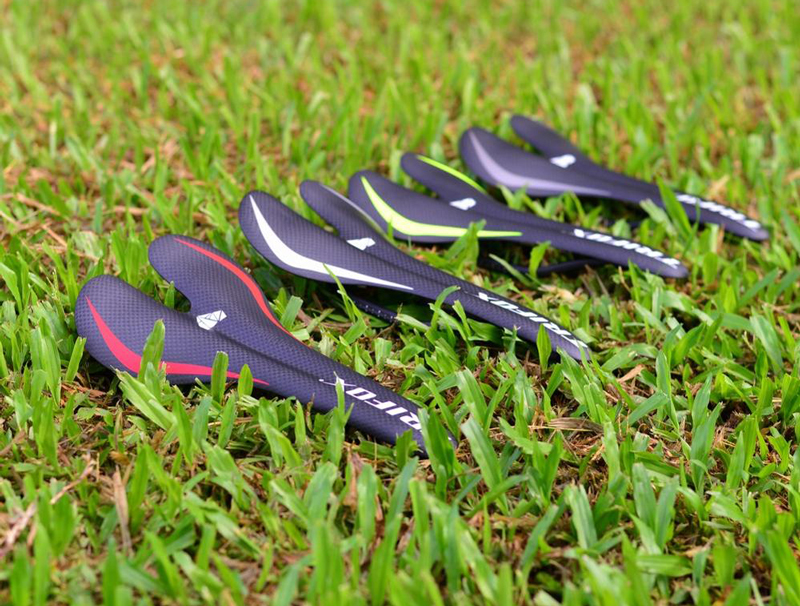
TRIFOXBIKE offers an excellent example with their carbon bike saddle, designed for both comfort and performance. This saddle is crafted with lightweight carbon materials, offering a sleek design that enhances bike aesthetics and riding efficiency. To explore TRIFOXBIKE's saddle offerings, visit their product page: TRIFOXBIKE Carbon Bike Saddle.
By carefully selecting and adjusting your bicycle saddle, you can transform your cycling experience, ensuring every ride is as comfortable and efficient as possible.

Selecting the perfect XS frame road bike is crucial for cyclists who seek efficiency, comfort, and optimal performance.
The frame size is one of the most important factors affecting how well you can ride, especially for those with smaller builds. Here's how to ensure you choose the right XS frame for an efficient ride.
1. Importance of Frame Size:
The frame size directly impacts your cycling efficiency. An XS frame is designed to cater to shorter riders, offering better balance and control. A well-fitted frame ensures that your energy is effectively transferred to the bike, enhancing speed and reducing fatigue over long rides. Riding an incorrectly sized bike can lead to discomfort and inefficient pedaling, making size selection vital.
2. Tips for Choosing the Right XS Frame:
Measure Your Inseam: Start by measuring your inseam to determine the correct standover height for the bike. This ensures you can comfortably mount and dismount the bike.
Consider Reach and Stack: Ensure the reach (distance from the saddle to the handlebars) and stack (height of the handlebars) are appropriate for your height. This affects your riding posture and comfort.
Test Ride: If possible, test ride different models to see which frame geometry feels most comfortable. Pay attention to how the bike handles and your ease of maneuverability.
Consult Experts: Seek advice from cycling experts or bike shop professionals who can provide personalized recommendations based on your body dimensions and riding style.
3. Impact on Comfort and Performance:
A properly fitted XS frame enhances comfort by reducing strain on your back and neck, allowing for better focus and endurance. It also improves performance by ensuring you can maintain an aerodynamic position, especially crucial for long-distance road cycling. An efficient ride means you can enjoy cycling longer and faster with less effort.

TRIFOXBIKE offers an impressive range of XS frame road bikes that cater to the needs of smaller riders. Their bikes are designed with precision, focusing on lightweight materials and advanced ergonomics to ensure maximum efficiency and comfort. To explore TRIFOXBIKE's selection of road bikes and find the perfect fit for an efficient ride, visit their product page: TRIFOXBIKE Road Bikes.
By choosing the right XS frame road bike, you can achieve a harmonious balance between speed, comfort, and performance, making your cycling experience both enjoyable and efficient.
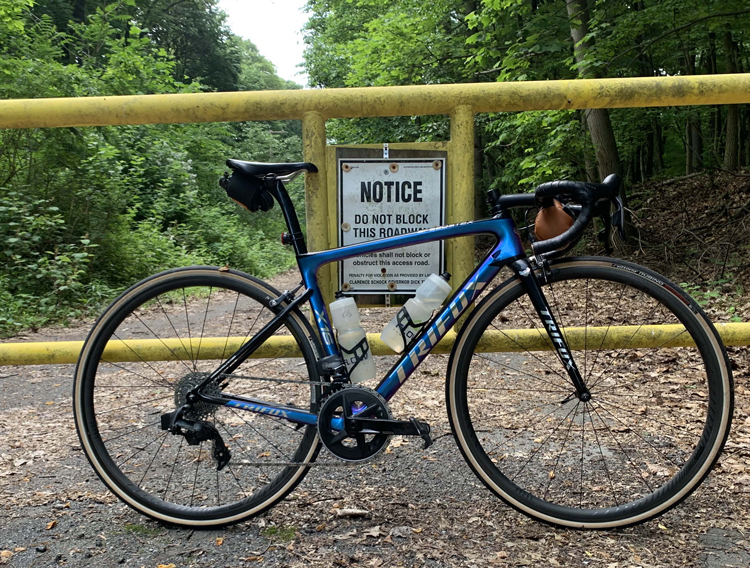
When it comes to enhancing your cycling performance, choosing the perfect road cycle frame is crucial. A well-suited frame can significantly impact your speed, comfort, and efficiency. Here’s how to make the right choice:
1. Frame Material: The material of your cycle frame plays a pivotal role in performance. Carbon fiber is the gold standard for road bikes due to its exceptional strength-to-weight ratio. It offers a lightweight yet stiff structure, which translates to more power transfer and less energy loss during rides.
TRIFOXBIKE's carbon road bike frames exemplify these benefits, providing high-performance frames that enhance speed and agility.
2. Geometry: The geometry of a road bike frame affects your riding posture and comfort. If you're aiming for long-distance rides, opt for a more relaxed frame with a higher head tube and shorter top tube. This design reduces strain on your back and neck. For racing or aggressive riding, a frame with a longer top tube and lower head tube offers a more aerodynamic position.
3. Size: Selecting the right size frame is paramount for both comfort and performance. A frame that's too small or large can lead to inefficient pedaling and discomfort. Ensure you measure your inseam and match it against the manufacturer's sizing chart, like those provided by TRIFOXBIKE, to find your ideal frame size.
4. Weight: A lighter frame can make climbing hills easier and improve acceleration. Carbon frames, like those from TRIFOXBIKE, are renowned for their low weight, helping you achieve faster speeds with less effort.
5. Stiffness: A stiff frame enhances power transfer from the pedals to the wheels. This is particularly important for competitive cyclists who need every watt of power to count. Carbon frames are often designed to provide the perfect balance of stiffness and compliance, ensuring comfort without sacrificing performance.
6. Aerodynamics: For those interested in competitive racing, aerodynamics is key. Frames with aerodynamic tube shapes reduce drag, allowing you to cut through the wind more efficiently. TRIFOXBIKE's frames are engineered with aerodynamic considerations, boosting your speed on flat terrains and descents.
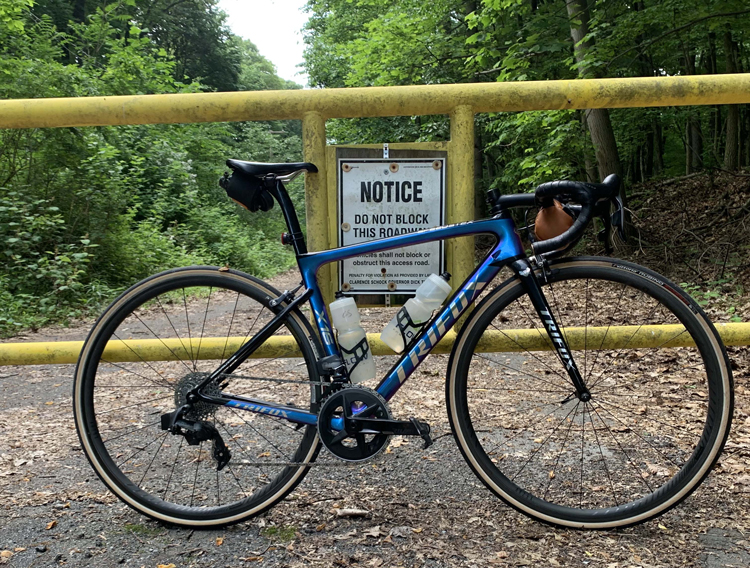
By focusing on these elements, you can choose a road cycle frame that not only fits your riding style but also enhances your overall performance.
For high-quality carbon road bike frames tailored to meet these criteria, check out TRIFOXBIKE's offerings at TRIFOXBIKE Carbon Road Bike Frames. Embrace the advantages of carbon frames and elevate your cycling experience to new heights.
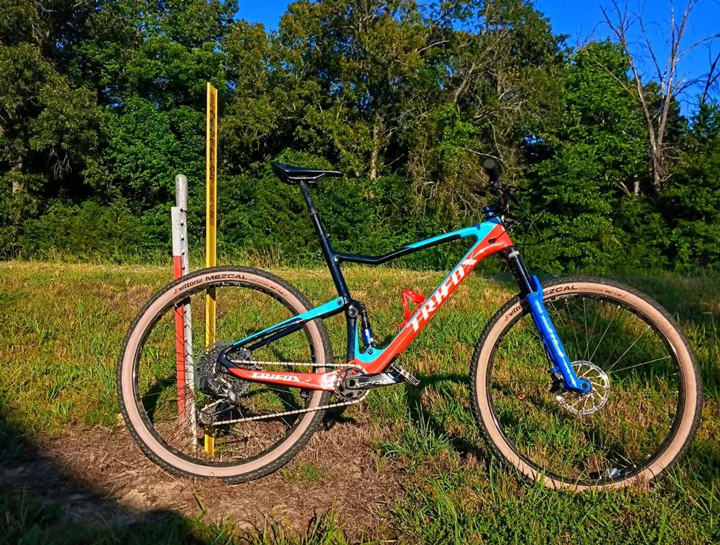
To optimize your cycle suspension for a smoother ride, begin by understanding your bike's suspension setup.
Whether you're tackling rough trails or cruising on smoother paths, adjusting your suspension settings is crucial. Start with the sag, which is the amount your suspension compresses under your weight. Adjust the air pressure or spring preload to achieve the recommended sag, usually around 25-30% of your total suspension travel.
Regular maintenance of your suspension components is key. Keep the suspension clean and lubricate the seals to prevent dirt build-up, which can lead to wear and performance issues. Check for any signs of oil leaks or damage, and replace parts as needed to maintain optimal function.
Choosing the right equipment is also essential. For instance, the TRIFOXBIKE PIONEER offers an exceptional ride with its carbon fiber full suspension frame and SHIMANO M6100 groupset.
This setup not only provides superior shock absorption but also enhances performance across various terrains. With its adjustable geometry, the PIONEER allows for fine-tuning to match your riding style and the trails you tackle.
For more details, explore the TRIFOXBIKE PIONEER and its advanced features here. Embracing these tips will ensure your bike's suspension is optimized for a ride that's both smooth and exhilarating.
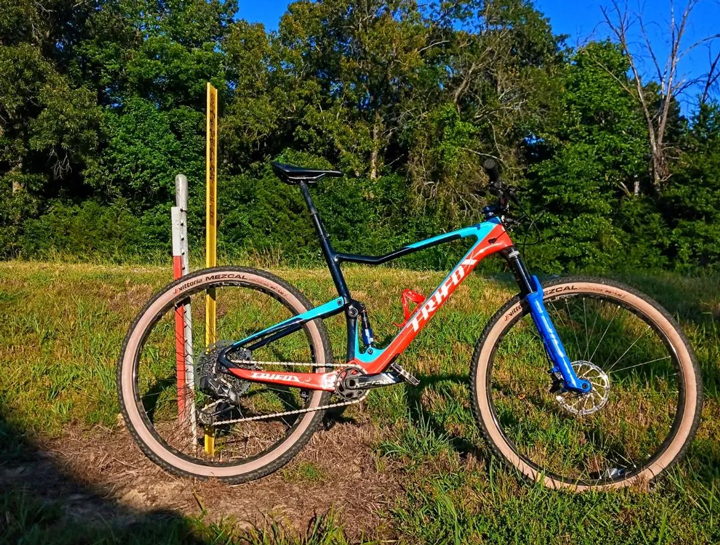
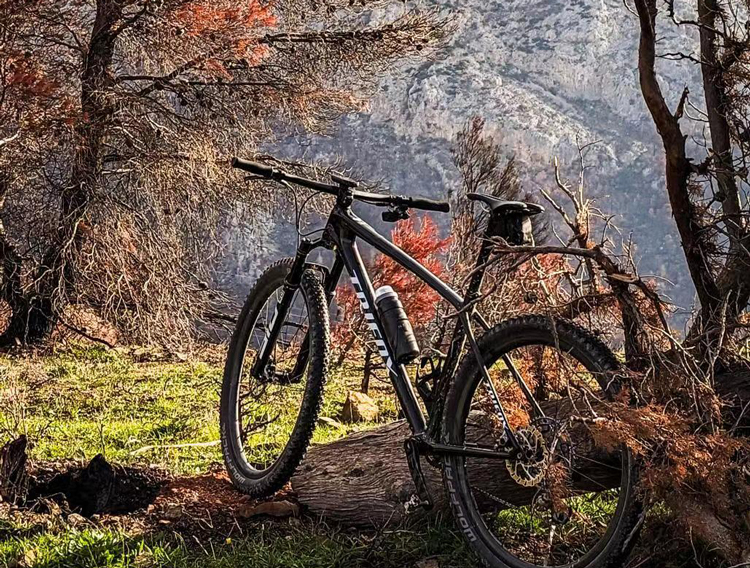
Optimizing your race bike for maximum performance involves making strategic choices about its components and setup. Trifox offers a range of carbon mountain bikes that cater to racers looking for speed, durability, and efficiency.
Firstly, selecting the right frame is crucial. Carbon frames like those offered by Trifox significantly reduce weight while maintaining strength, crucial for competitive racing.
A lighter bike allows for faster acceleration and easier climbing, giving you an edge over competitors.
Wheels also play a vital role in performance. Carbon wheels are not only lighter but also provide better aerodynamics. This can lead to increased speed and reduced effort over long distances. Choosing the right tires based on the terrain is equally important.
For rough terrains, consider wider tires that offer better grip, while narrower tires are suitable for smoother tracks, enhancing speed.
Adjusting your bike fit is another key aspect. Ensuring your saddle height, handlebar position, and pedal alignment are optimized for your body can improve comfort and efficiency, reducing fatigue during long races.
Regular maintenance of components is essential to keep your bike at peak performance. This includes checking the drivetrain for wear, ensuring the brakes are responsive, and keeping the bike clean to prevent the buildup of dirt which can affect operation.
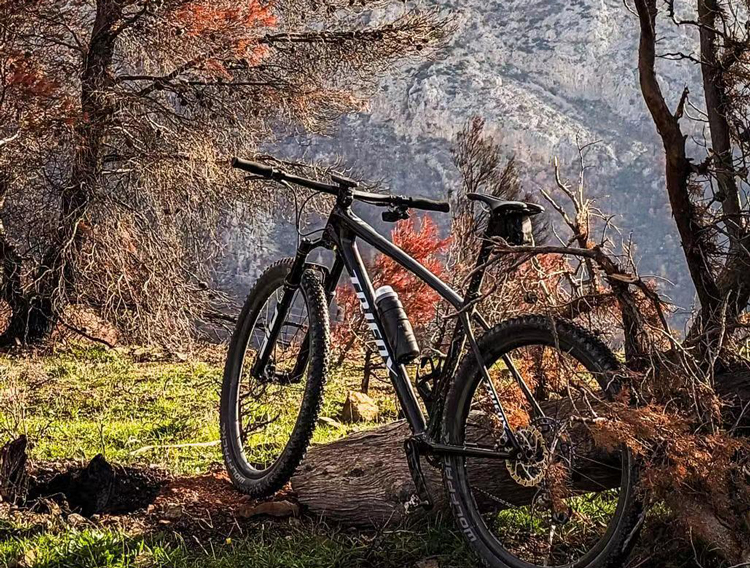
By focusing on these elements—choosing the right materials, adjusting for optimal fit, and maintaining your bike—you can enhance your race bike’s performance, ensuring speed, reliability, and a competitive edge on the track.
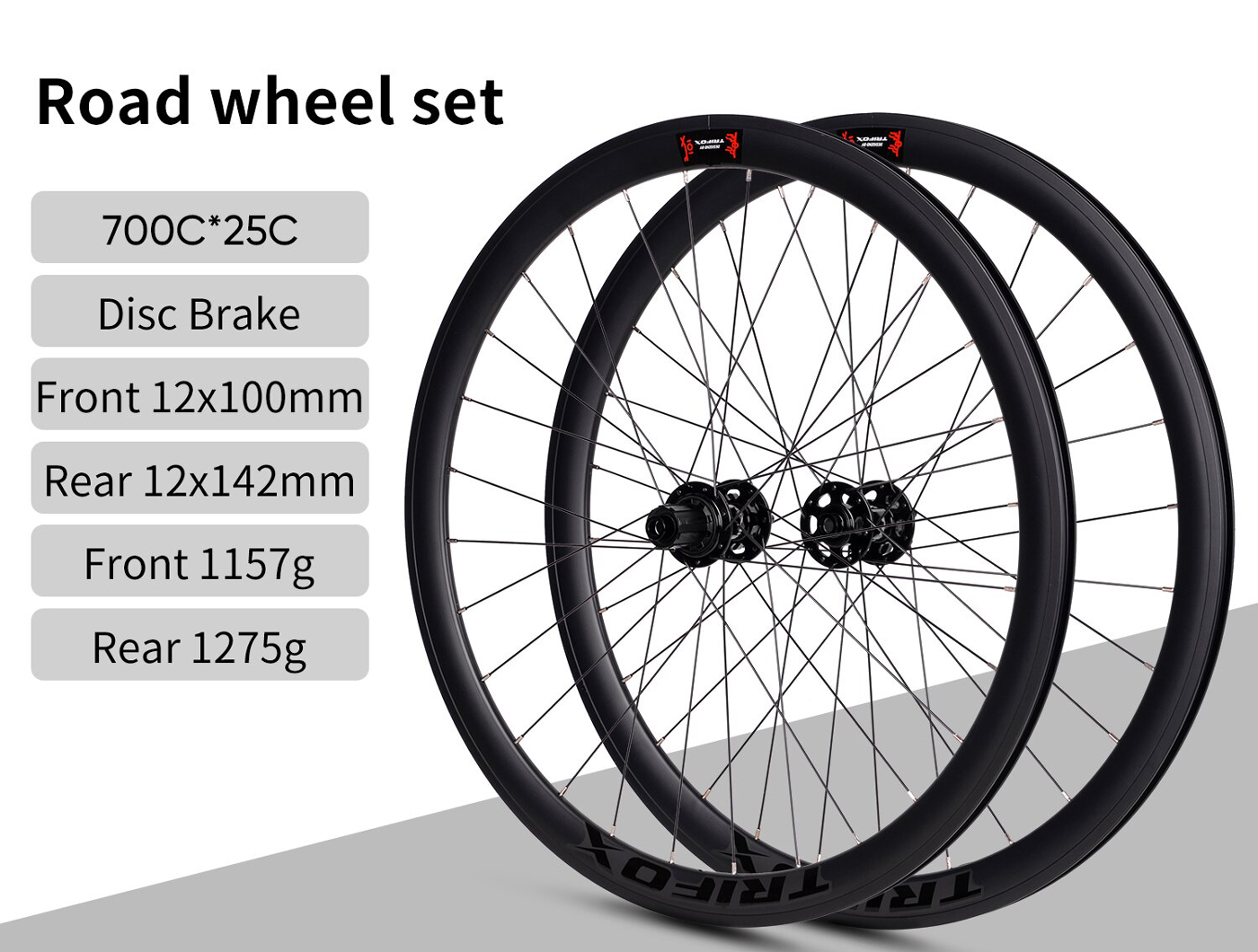
Choosing the right wheelset is crucial for enhancing your cycling experience, and Trifox's carbon road bike wheels offer options tailored to various cycling styles.
Whether you're into racing, touring, or commuting, the wheelset you choose can significantly impact your performance and comfort.
For racers, lightweight and aerodynamic wheelsets like the Trifox Carbon Road Bike Wheels WT11 are ideal. These wheels reduce drag and enhance speed, crucial for competitive cycling. The carbon construction ensures a light yet strong build, allowing for quick accelerations and efficient climbing.
Touring cyclists benefit from wheelsets that balance durability with comfort. The WT17 model, with its robust carbon fiber construction, offers the reliability needed for long distances. Its disc brake compatibility provides superior stopping power in varied conditions, essential for navigating diverse terrains safely.
Commuters, on the other hand, might prioritize durability and ease of maintenance. A wheelset like the WT18, compatible with both disc and V brakes, offers versatility and reliability for daily use. Its strength ensures it withstands the rigors of everyday commuting while providing comfortable rides.
When selecting a wheelset, consider factors like material, weight, and brake compatibility. Carbon wheels are lighter and more aerodynamic, offering performance benefits but may require more care.
Compatibility with your bike's braking system is also essential to ensure seamless integration.
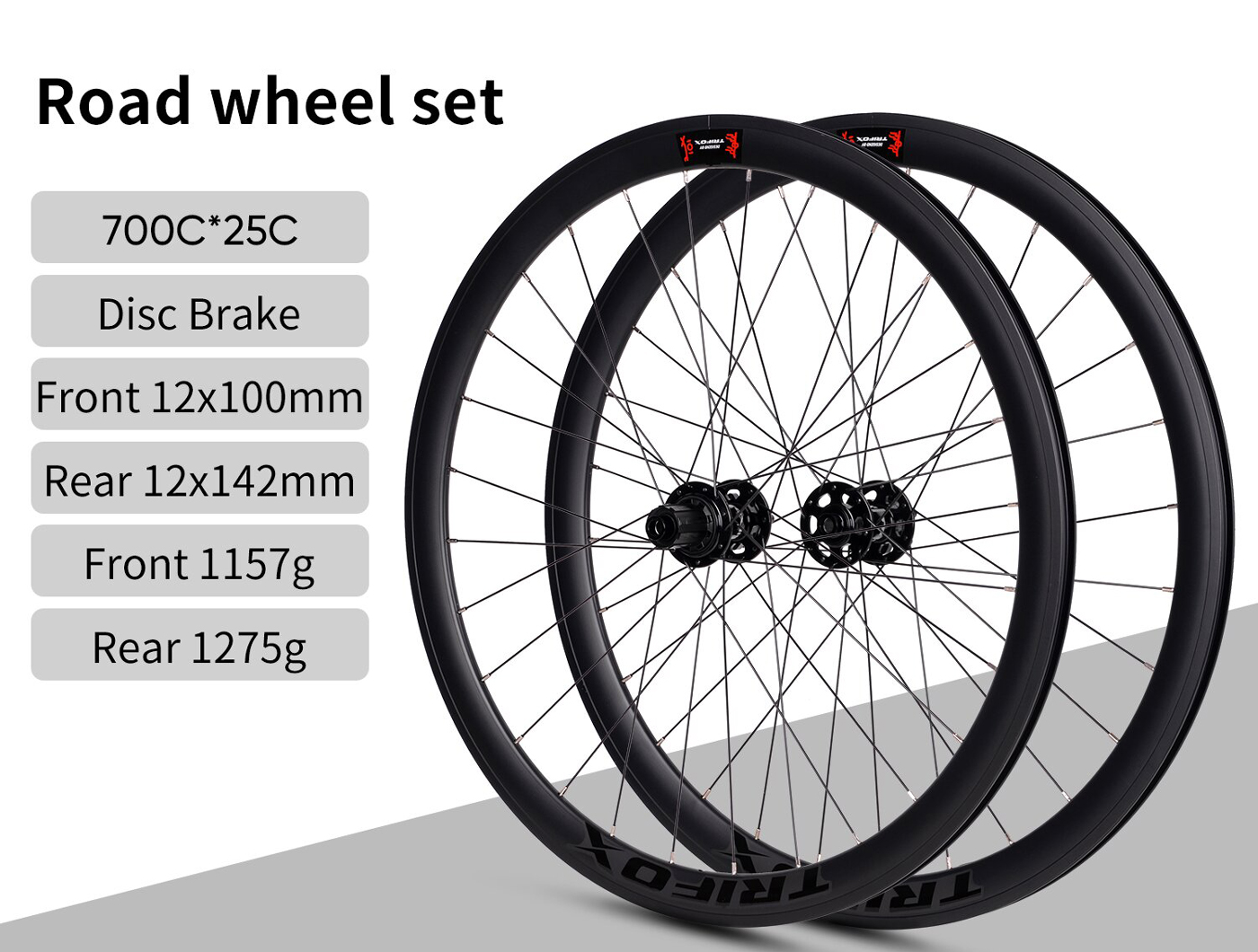
Ultimately, understanding how these features align with your cycling style will help you make an informed decision that enhances your riding experience. By choosing a wheelset that complements your needs, you can enjoy better performance, increased comfort, and more enjoyable rides.
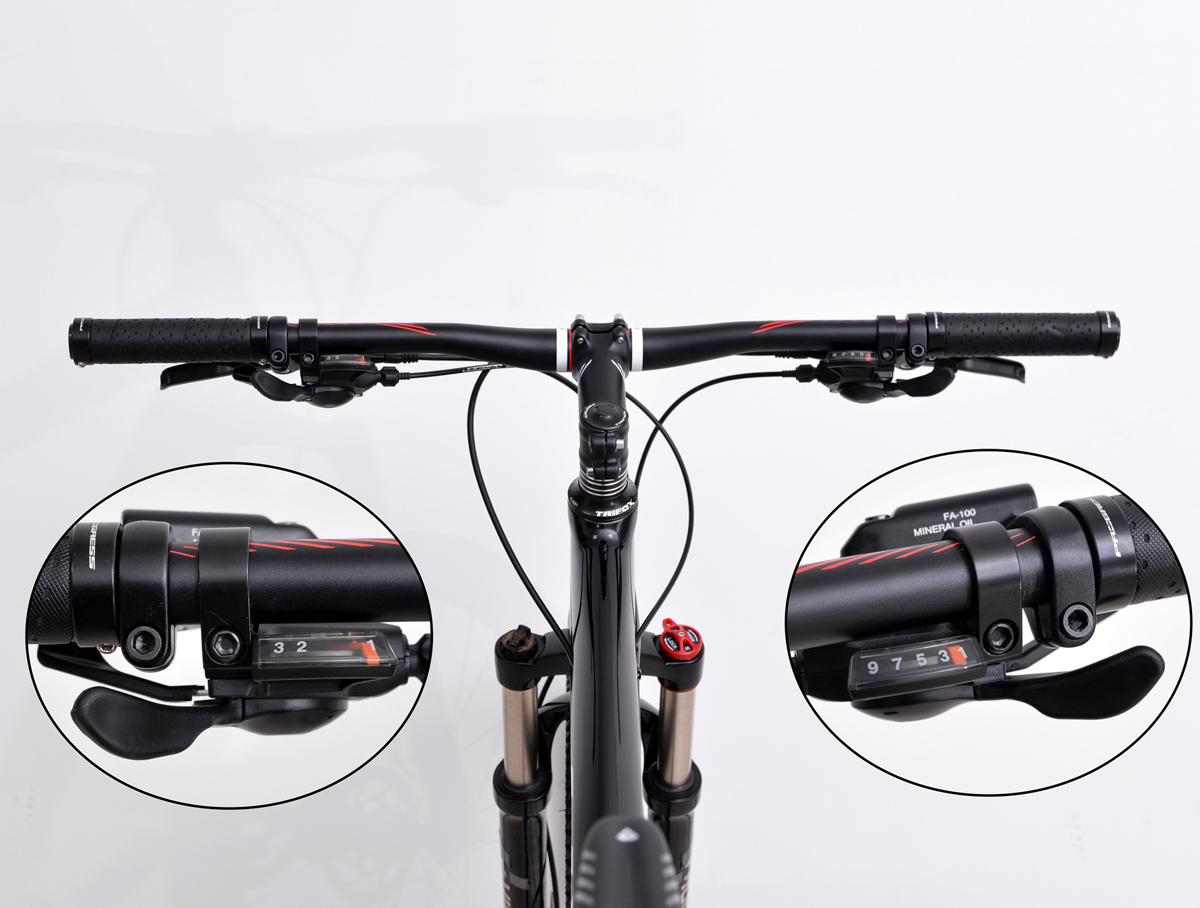
Mastering off-road trails requires more than just skill, it demands the right equipment, particularly handlebars that provide superior grip and control.
At Trifox, a tailored selection of mountain bike handlebars ensures that riders can find the perfect match for their off-road adventures.
Choosing the right handlebars is crucial for off-road biking. Superior grip is essential for maintaining control on rugged terrains.
Trifox offers a variety of handlebar designs, each contributing uniquely to the riding experience. Riser handlebars elevate the hand position, offering more control and comfort on steep descents. This design is ideal for absorbing shocks and providing stability in bumpy conditions.
Flat bars, on the other hand, offer a more aggressive riding position, which is beneficial for speed and maneuverability. They allow the rider to maintain a low center of gravity, which is crucial for stability on uneven trails. This design also facilitates better weight distribution, enhancing handling precision.
High-quality materials like carbon are pivotal in enhancing performance. Trifox's carbon handlebars are lightweight yet robust, reducing the overall weight of the bike while ensuring durability and flexibility. This combination is essential for tackling rough trails with confidence and ease.
Moreover, carbon's vibration-damping properties provide a smoother ride, minimizing hand fatigue and allowing for longer, more comfortable rides.
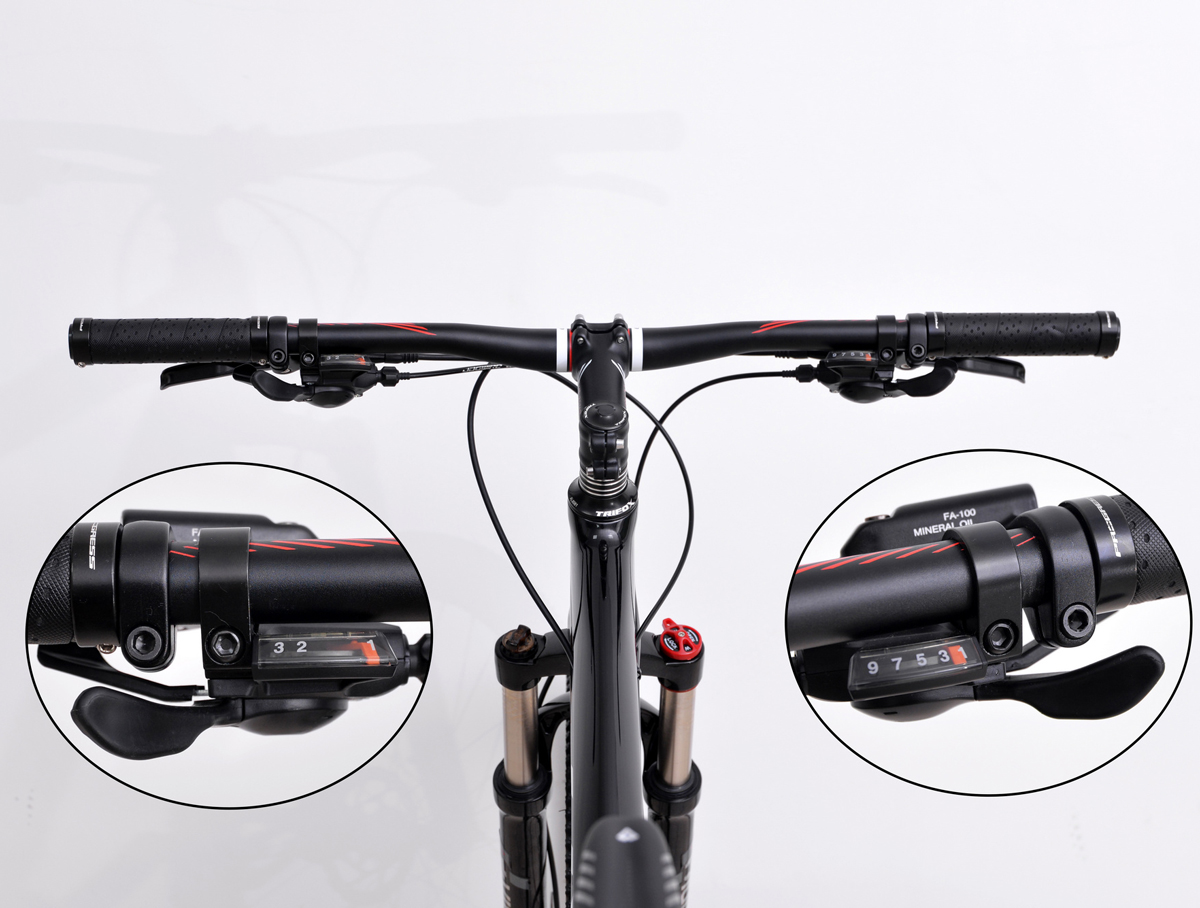
With Trifox’s range, cyclists can choose the handlebars that best suit their style and terrain, ensuring they’re equipped to handle any off-road challenge with superior grip and control. Whether you're tackling steep descents or navigating tight trails, the right handlebars are key to mastering off-road biking.

























































